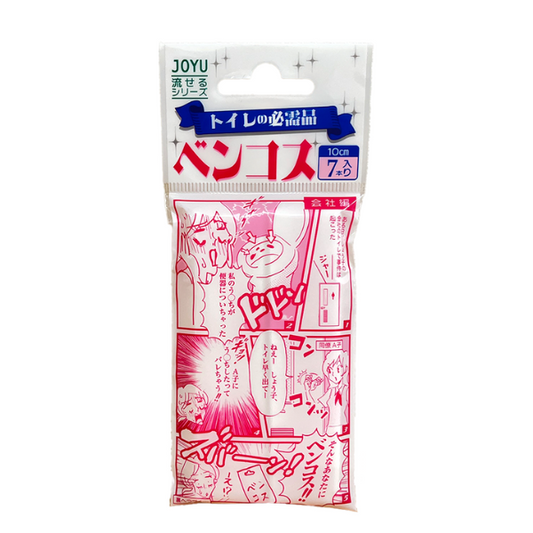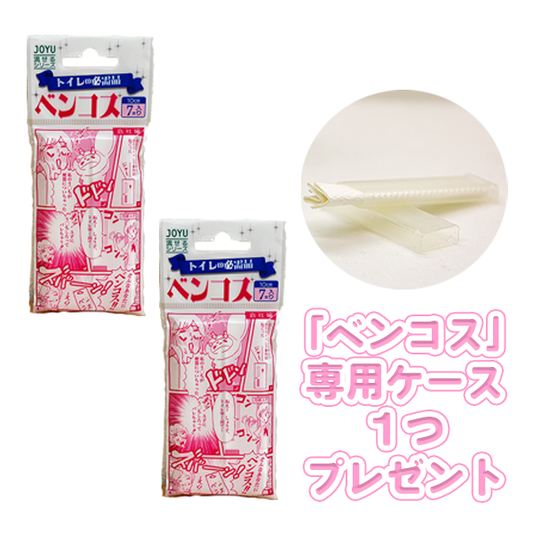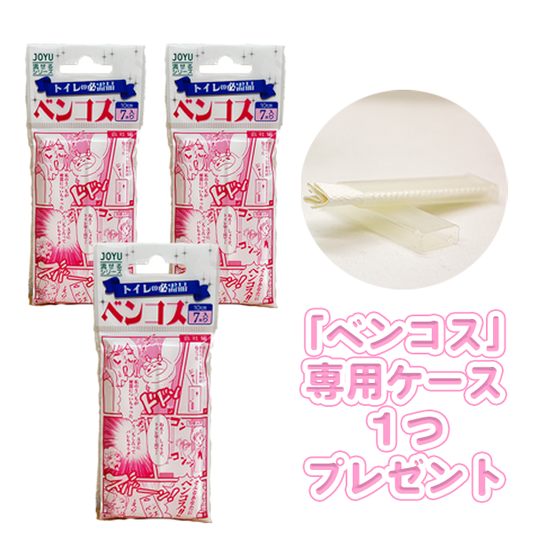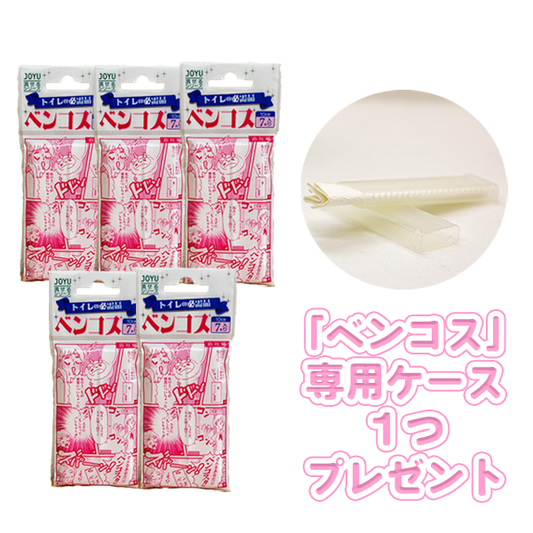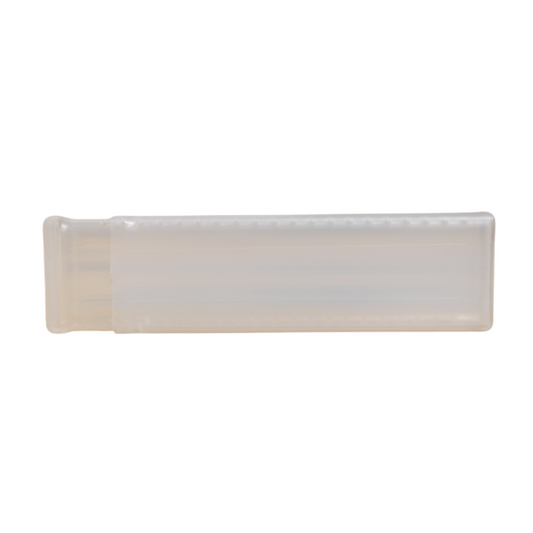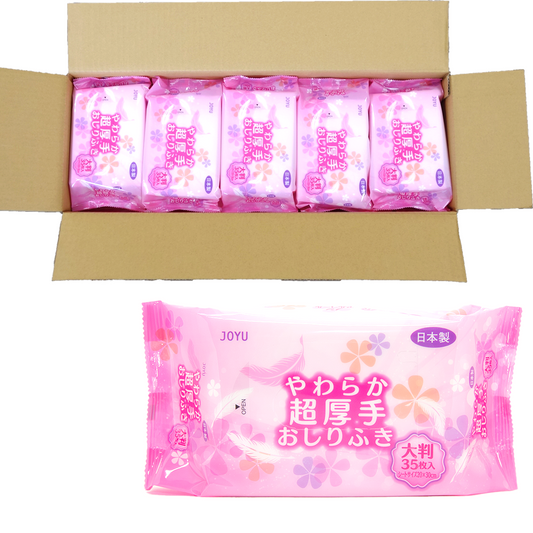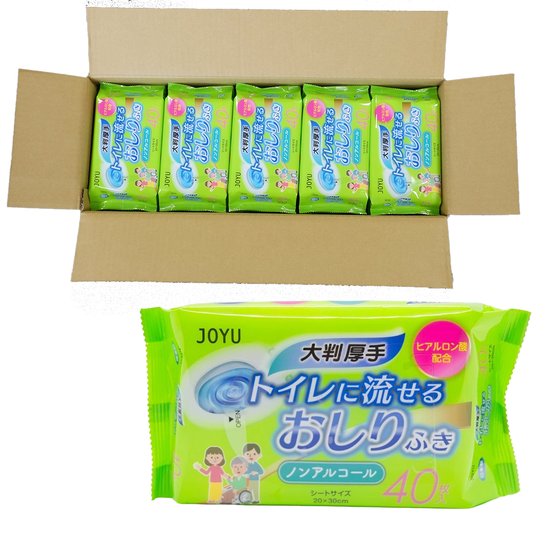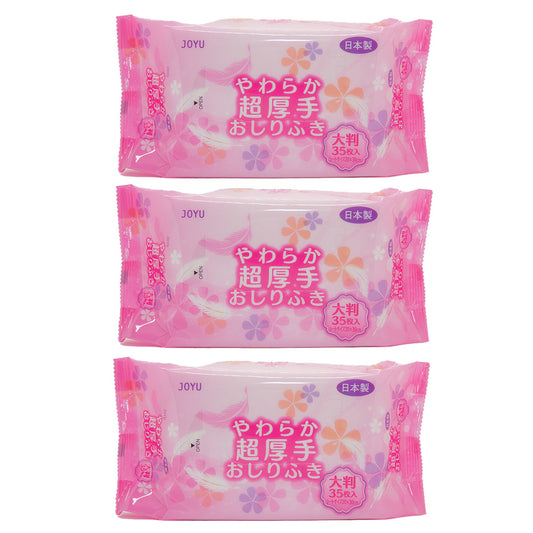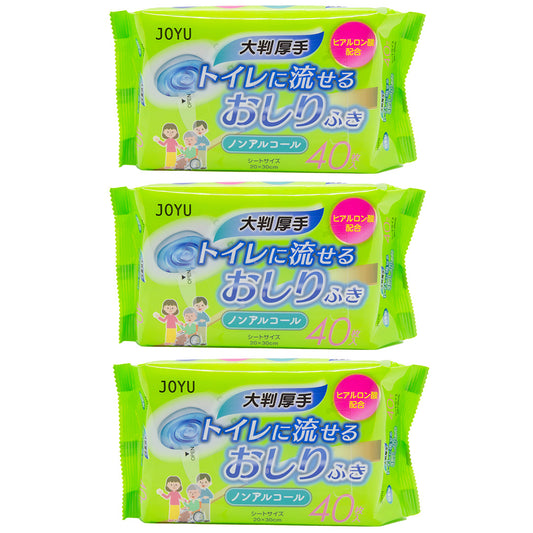
日本のトイレマナーについて知ろう
Japanese Toilet Etiquette: What You Need to Know
日本のトイレは清潔で使いやすいことで知られていますが、利用する際には独自のマナーが存在します。日本では、公共の場や家庭で快適にトイレを使うためのルールが定着しており、訪れる人々にもそのマナーを守ることが求められます。ここでは、日本人が大切にするトイレマナーについてご紹介します。
Japanese toilets are known for their cleanliness and advanced technology, but using them properly requires understanding some specific etiquette rules. Here are some essential toilet manners in Japan to ensure a pleasant experience for everyone.
最後まで読んでくださいね。
Don’t stop reading until the end!
目次
1. スリッパを履く場所を間違えない
2. 使用後はトイレットペーパーを流す
3. 便座を清潔に保つ
4. 「音姫」を使用して待っている人に聞こえないようにする
5. 水を流し忘れない
6. 公共のトイレはきれいに使う
7. 和式トイレの正しい使い方を知る
8. トイレの使用後は手を洗う
1. スリッパを履く場所を間違えない(Wear slippers only in the designated area)
日本の家庭や伝統的な施設では、トイレ専用のスリッパが用意されていることがあります。その理由は、「リビングやキッチン、寝室などの清潔さを保つため、トイレの汚れや雑菌をトイレの外に出さないようにするため」や、「トイレの中をより清潔に使用するため」など、家庭によって様々です。
ですので、日本の家庭でトイレに入る際は、屋内用のスリッパを履いている場合はトイレに入る前に脱ぎ、トイレ専用スリッパに履き替えましょう。トイレを使用した後は、トイレのスリッパから自分が履いていた屋内用のスリッパに履き替えてください。間違ってもトイレスリッパのまま家の中を歩かないように注意することが必要です。
In Japanese homes, be careful to change into toilet slippers when entering the restroom and switch back to indoor slippers afterward.
In Japanese homes and traditional facilities, toilet-specific slippers are sometimes provided. The reason for this varies from household to household but commonly includes preventing dirt and bacteria from being carried out of the toilet area to maintain cleanliness in living spaces such as the living room, kitchen, and bedroom. Another reason is to keep the toilet itself as clean as possible.
Therefore, when entering a toilet in a Japanese home, if you are wearing indoor slippers, you should take them off before entering and switch to the toilet slippers provided. After using the toilet, be sure to switch back to your indoor slippers. It is important to avoid walking around the house while still wearing the toilet slippers.

2. 使用後はトイレットペーパーを水に流す(After use, flush the toilet paper)
日本のトイレでは、トイレットペーパーは水に溶ける素材で出来ているため、使用後は便器に流すのが基本です。ゴミ箱に捨てる必要はありません。ただし、トイレットペーパー以外のもの(ウェットティッシュや生理用品など)は、トイレに設置されているゴミ箱に捨てましょう。
JOYUで販売している、"流せるおしりふき"や”流せる除菌シート”、持ち歩ける便器掃除用品”ベンコス”は、便器に流せるので大変便利です。
Japanese toilets, toilet paper is made of a water-soluble material, so it is standard practice to flush it after use. There is no need to throw it in the trash bin. However, items other than toilet paper, such as wet wipes or sanitary products, should be disposed of in the trash bin provided in the toilet.
3. 便座を清潔に保つ(Keep the toilet seat clean)
日本にあるトイレの多くは、いつも綺麗な状態になっています。その理由は、日本に住んでいる人は、トイレを使用する際に、どこに設置されているトイレかは関係なく、使用した後に便座を清潔に保つことを重要視しているためです。そのため、街のお店やビル、駅や公園などの多くの施設には、便座を拭くための消毒用アルコールシートなどの、除菌用品が設置されています。これは、トイレに入った時に最初に便座を拭くことで、使用中に清潔に用を足すことが出来るようにするためです。そして、使用後に再度便座を拭くことで、次に使う人が綺麗なトイレを気持ちよく使えるようにすることも出来ます。
Many toilets in Japan are always kept clean. The reason for this is that people living in Japan place great importance on keeping the toilet seat clean after use, regardless of where the toilet is located.
Because of this, many public facilities such as shops, buildings, train stations, and parks are equipped with disinfectant products like alcohol wipes for cleaning the toilet seat. These wipes allow users to clean the seat before using the toilet, ensuring a hygienic experience.
Additionally, wiping the seat again after use helps keep the toilet clean for the next person, allowing them to use it comfortably.

4. 「音姫」を使用して待っている人に聞こえないようにする(Use the “Otohime” to prevent the next person waiting from hearing)
日本の公共のトイレには「音姫」と呼ばれる音消し装置が設置されていることがあります。これは、自分が使用している時に発する音を、待っている人に聞こえないようにするために使用します。これを使用することで「自分の使用中の音が待っている人に聞かれるのが恥ずかしいと思う人」と、「トイレに入るのを待っている時に、今使用している人の音を聞きたくないと思う人」の両方の思いに応えられることが可能になります。もしあなたが「音姫」がある公共のトイレに入った時は、流水の音を流して周囲への配慮を心掛けることをお勧めします。
In Japanese public restrooms, there may be a sound-masking device called “Otohime.” This device is used to prevent the sounds made while using the toilet from being heard by those waiting outside.
By using it, both people who feel embarrassed about others hearing their restroom sounds and those who prefer not to hear such sounds while waiting can have their concerns addressed.
If you enter a public restroom equipped with an “Otohime,” it is recommended to activate the sound of running water as a considerate gesture toward those around you.

5. 水を流し忘れない(Always flush the toilet after use.)
日本では、使用後に水を流すのは基本的なマナーです。最近のトイレは自動で流れるものも増えていますが、手動の場合は忘れずに流しましょう。また、流すボタンやレバーの使い方がわからない場合は、壁の説明を確認すると良いでしょう。
In Japan, flushing the toilet after use is considered basic etiquette. While many modern toilets flush automatically, if the toilet requires manual flushing, be sure not to forget. If you are unsure how to use the flush button or lever, check the instructions on the wall.

6. 公共のトイレはきれいに使う(Let’s keep public restrooms clean when using them)
日本の公共トイレは清潔に保たれていることが多いです。その理由は「自分の次に利用する人も、綺麗に使える状態にしてあげたい」という意識を持っているためです。
ですので日本では、公共のトイレを使用するときも、汚れを残さないように心がけましょう。万が一汚してしまった時は、備え付け除菌シートやトイレットペーパー、便器を掃除するブラシなどを使用して掃除をすることで、清潔な状態を保つように心がけましょう。
Public restrooms in Japan are often kept clean. This is because people have the mindset of wanting to leave the toilet in a clean state for the next user.
Therefore, when using public restrooms in Japan, be mindful not to leave any mess behind. If you accidentally make a mess, use the provided disinfecting wipes, toilet paper, or a toilet brush to clean up and help maintain a clean environment.

7. 和式トイレの正しい使い方を知る(Let’s learn the correct way to use a Japanese-style squat toilet)
日本の家庭や公共施設のトイレは、大きく分けると「洋式トイレ」と日本の伝統的な「和式トイレ」の2種類があります。和式トイレを初めて見た時は戸惑い、どのように座るのが正しいのか悩んでしまう人が多いです。ですので、事前に和式トイレの正しい使い方を知っておくことをお勧めします。
和式トイレは「便器の一部が高くなっている方が前」です。便器の形を見て前が分かったら、前を向いてしゃがみましょう。便座はありませんので、間違っても便器に直接肌をつけて座らないように気をつけましょう。
In Japan, household and public restrooms generally have two types of toilets: Western-style toilets and traditional Japanese-style squat toilets. Many people feel confused when they first encounter a squat toilet and may wonder how to use it correctly. Therefore, it is recommended to learn the proper way to use a squat toilet in advance.
For a squat toilet, the raised end of the toilet is the front. Once you identify the front of the toilet, squat facing that direction. Since squat toilets do not have a seat, be careful not to sit directly on the toilet bowl.

8. トイレの使用後は手を洗う(Wash your hands after using the toilet)
日本では、トイレの後に手を洗うのが常識とされています。ほとんどのトイレにはハンドソープが備えられているので、しっかりと手を洗い、清潔を保ちましょう。
In Japan, washing your hands after using the toilet is considered common practice. Most restrooms are equipped with hand soap, so be sure to wash your hands thoroughly and maintain good hygiene.

まとめ(Summary of Japanese Toilet Etiquette)
日本のトイレマナーは、次の人への配慮と清潔さを重視する文化に基づいています。これらのマナーを守ることで、日本のトイレをより快適に利用できるだけでなく、周囲の人にも好印象を与えることができます。日本を訪れた際には、ぜひこれらのルールを意識して、快適にトイレを利用しましょう!
Japanese toilet etiquette is based on a culture that values consideration for the next user and cleanliness. By following these manners, you can not only enjoy a more comfortable restroom experience but also leave a positive impression on those around you. When visiting Japan, be mindful of these rules and make your restroom experience pleasant for yourself and others!



